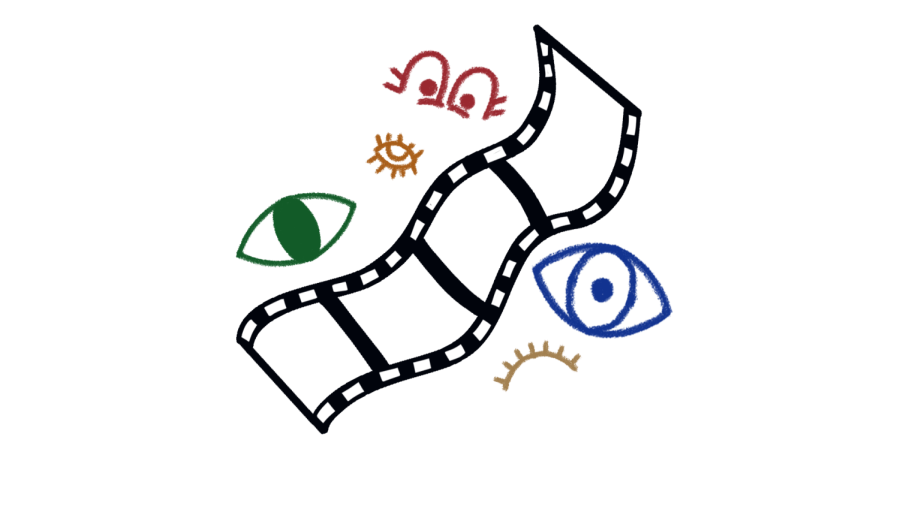Barron: Wildlife Can Find Refuge Within Zoos
October 3, 2019
This past weekend, I took my younger sister to the Hogle Zoo. We watched the polar bear play with a big floaty toy, learned about the zoo’s research into a fungus affecting Utah’s boreal toad population and looked at art installations made from trash collected from beaches in Oregon. Before we left, my sister wanted to see the lions lounging in their enclosure one last time, hoping to hear them roar.
About 20 miles away, a different Utah lion was roaring. On Wednesday, Sept. 11, the Utah Animal Rights Coalition posted a video on their Facebook page of the Lagoon Amusement Park’s lion bellowing while lying on its side. This video sparking a debate between Lagoon management and their critics who oppose their small zoo.
“With respect to the video circulating online, [roaring while lying down] is NOT uncommon behavior,” Lagoon posted on their Facebook, providing links to videos of other lions exhibiting the same behavior. But Dr. Laura Boehler, a local veterinarian specializing in exotic cats, told ABC4 that if the cat is not currently ill, it could soon be.
“The fact that the cat is laying down vocalizing and potentially tempting to hack up a hairball predisposes him to aspiration pneumonia,” Dr. Boehler said.
Lagoon has been found in violation of the Animal Welfare Act, which provides the bare minimum of requirements on animal care in the United States, more than 70 times. A petition is now circulating, calling on the amusement park to retire all of their animals, including caribou, camels, zebras, wildebeest, yak, tigers, lions and kangaroo to a reputable sanctuary.
While I feel comfortable supporting this specific petition, I do not agree with the larger sentiment held by some animal rights organizations who claim that zoos are inherently unethical. In contrast to the barren, concrete pens at Lagoon, quality zoos provide enrichment activities for their animals. They often contribute to conservation efforts locally and worldwide. They provide benefits to their community through educational efforts, and the creatures themselves benefit from the care of zoos.
Zoos provide everyday people access to animals that they would otherwise only see on the Discovery Channel. Zoos help conduct research vital to conservation efforts and remind visitors what is at stake when we choose to ignore climate change. Companies like Lagoon who neglect to provide adequate stimulation or housing for their animals do not contribute to the goal of zoos, which is to instill “respect and appreciation for the natural world” in their visitors. While it is important to call on Lagoon to retire their animals to sanctuaries which can better provide better care, it is also important not to conflate their standards with zoos in general.
Zoos across the nation prioritize enrichment activities and stimulus to encourage natural behavior from the animals under their care. From Saint Louis to San Diego, enrichment is vitally important to the well-being of zoo animals, and these programs help to satisfy animals’ physical and psychological needs while visitors observe them. Enrichment at the Hogle Zoo includes stimulating toys and feeding methods that encourage animals to think and work for their food like they would in the wild. The Hogle Zoo has recently partnered with the University of Utah’s mechanical engineering department to build enrichment devices used in the elephant and lion enclosures to increase their exercise and social interaction.
Hogle Zoo is a partner of 30 conservation projects which benefit Utah’s wildlife and wildlife worldwide. When I took my sister to the zoo, we learned about Hogle Zoo’s “Big Six” — the African elephant, the African lion, the boreal toad, the orangutan, the polar bear and the radiated tortoise. The zoo focuses the majority of its conservation resources on supporting these six species. Beyond financially contributing to projects like Soccer for Sokake in Madagascar, Hogle Zoo is leading conservation efforts here in Utah by surveying boreal toad populations. Their efforts help map the spread of the deadly chytrid fungus and, through the establishment of the Center for Boreal Toad Conservation, will help re-establish the toad population after researchers determine how to protect them from this disease. Many zoos provide habitats to “extinct in the wild” or endangered animals with the goal of reintroducing them into their natural environment after the issues that endangered their population have been addressed.
This September saw a worldwide climate strike, spearheaded by young adults like Xiuhtezcatl Martinez and Greta Thunberg. From the New York Times to National Geographic, publications reported on a community of kids who are championing the climate while the adults in power bicker about whether global warming is even real. Brave environmental activists are often spurred by experiences that raised their awareness of a problem, and zoos can provide that education.
After learning about albatrosses that die with stomachs full of plastic at the Washed Ashore art installations at the Hogle Zoo, my sister — who is only a sixth grader — talked about how she wanted to design a device for her school science and engineering fair that would make recycling plastic water bottles easier. Zoos work to educate and inspire adults and children alike by starting discussions about the issues facing our environment and what they mean for our favorite animals.








